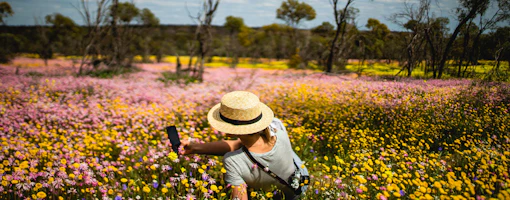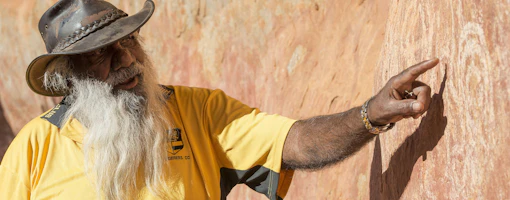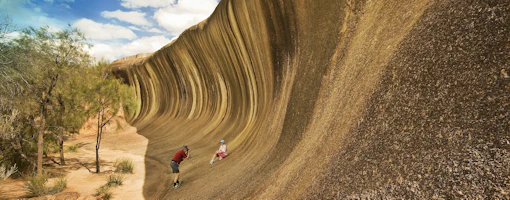
Five things you never knew about the Gascoyne Murchison
1. It boasts the biggest rock in the world
Mount Augustus, or Burringurrah, as it is known by the local Wajarri people, is the world’s biggest rock. The granite rock that lies beneath Mount Augustus is 1,650 million years old. This makes it twice the size of Uluru and considerably older. This stunning formation changes colour depending on the time of day and is a favourite with campers and photographers alike.

2. It’s home to ancient Aboriginal rock art
The Granites, about 10km from Mount Magnet, are a significant Aboriginal rock art site. Scattered amongst the granite boulders, you’ll find carvings and paintings that date back some nine thousand years. Walga Rock in nearby Cue is also home to the largest gallery of Aboriginal rock paintings in Western Australia. Explore the large cave within the rock, which contains a range of paintings including pictures that are said to be of ships that visited the Western Australian coast in the 17th century.
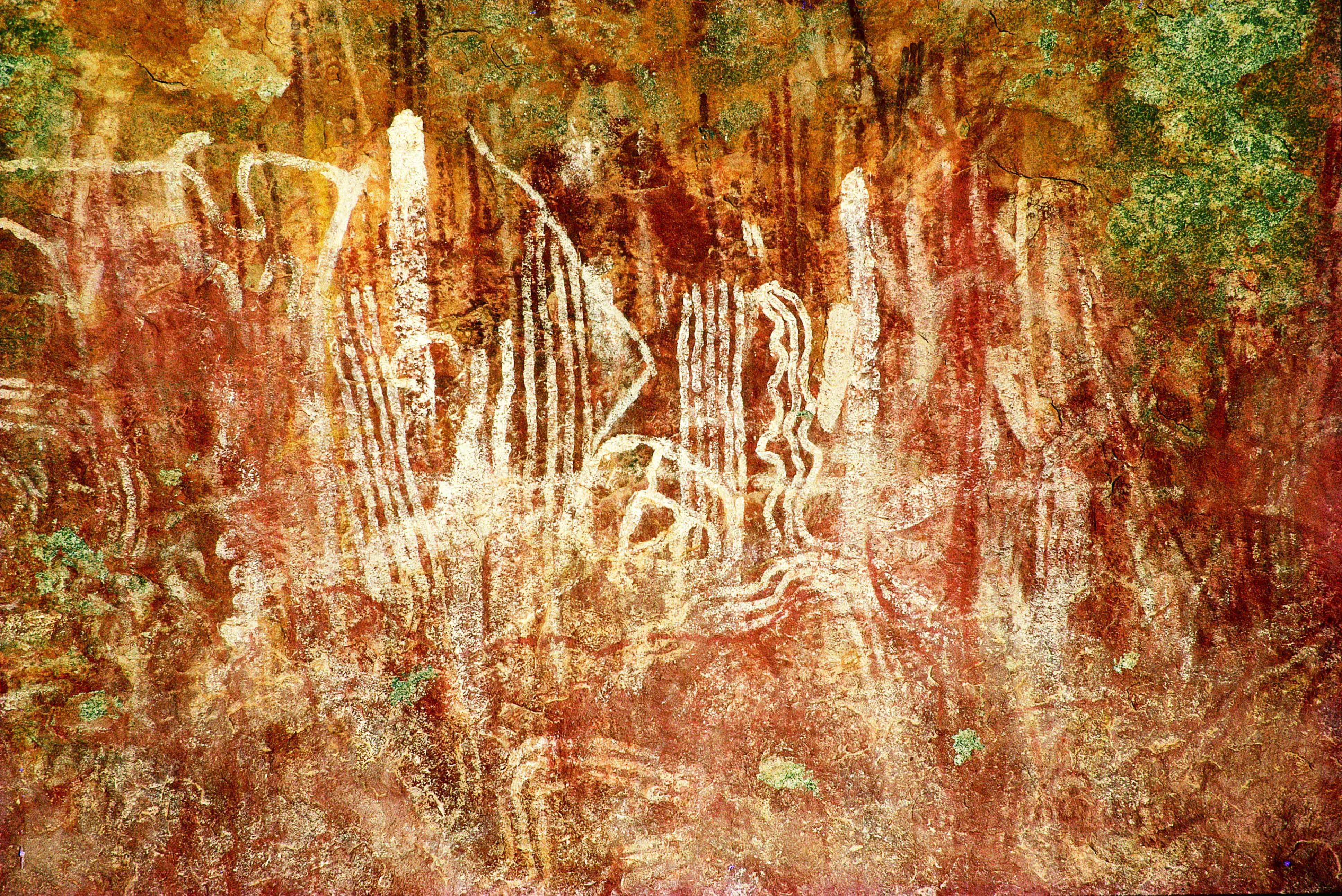
3. It is the location for Australia’s biggest BBQ
Every year, the world’s biggest rock, Mount Augustus, is the fitting venue for Australia’s biggest BBQ. This annual event celebrates the best of the bush and brings together the finest chefs, ingredients and produce. Think outback beef cooked on roaring open fire pits, locally sourced vegetables and mouth-watering desserts studded with native ingredients. This is an event that celebrates the beauty of the land, and the food it gives us.
4. It is home to the longest 4WD track in the world
The Canning Stock Route is at the top of every 4WD enthusiasts’ bucket-list. It is the longest stock route in the world, stretching over 1,700 kilometres through the vast open spaces of the Gibson, Great Sandy and Tanami deserts between Halls Creek in the north and Wiluna in the south. This driving route is rugged and unforgiving – so it’s only recommended for experienced 4WDers.
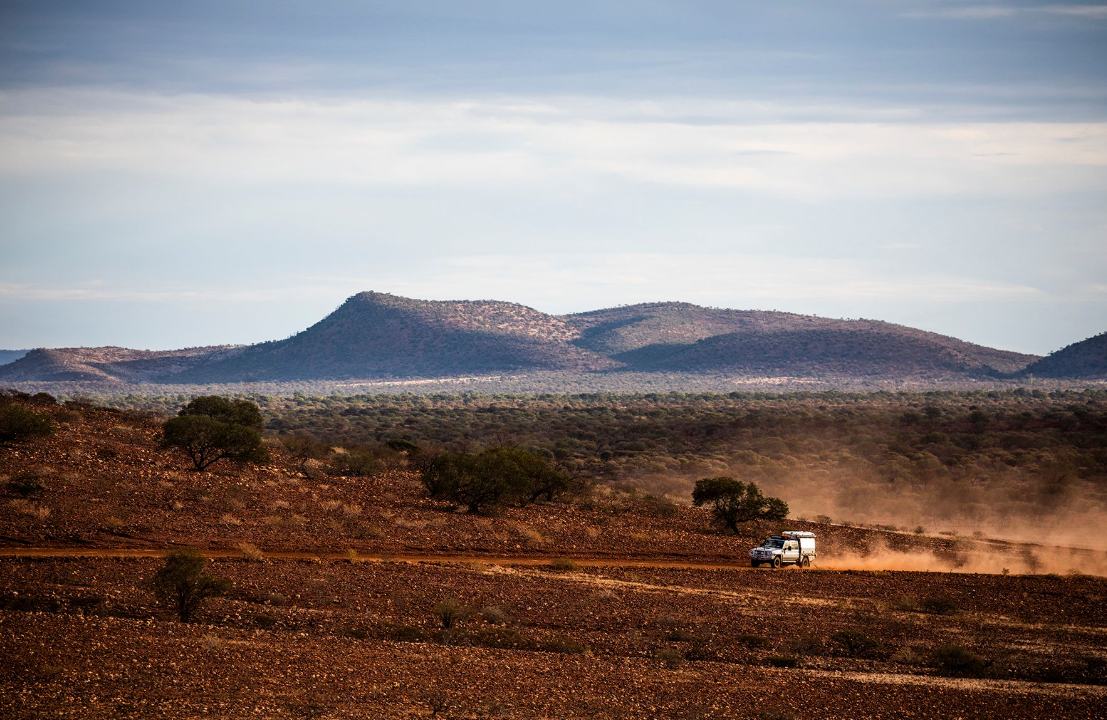
5. Honeycomb Gorge
Head to the incredibly beautiful Kennedy Range National Park and you’ll find the striking Honeycomb Gorge. This visually stunning Gorge resembles honeycomb and has been formed by wind and water spray from a seasonal waterfall above the cliff face. There are lots of bush-walking paths and photo opportunities along the way, so head to the Kennedy Ranges for a real outback adventure.






